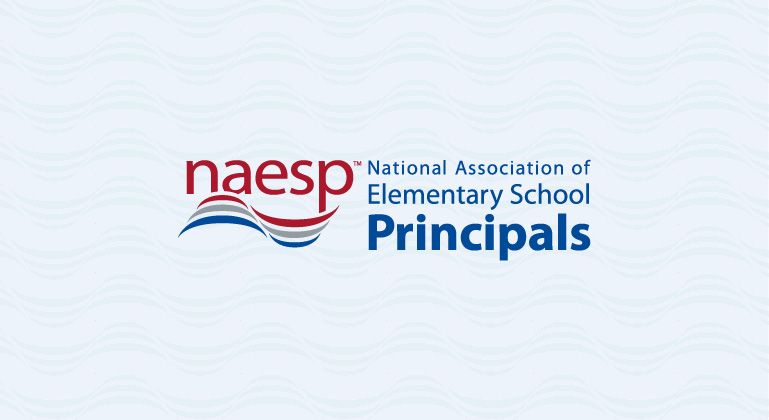What to Do When Equity Work Is on a Ventilator
In this Principals’ Voices in School Equity blog post, a St. Louis assistant superintendent who literally wrote the book on achieving educational equity offers five steps to breathe life into your existing equity work.

Since March 2020, ventilators have been synonymous with someone’s last moments as opposed to a life-saving intervention. When these devices are involved, often the anxiety is high, having a visceral effect on many.
Though not always a matter of life and death, when supports are unsuccessful, those who have dedicated their time and energy to the successful implementation of such supports might experience grief similar to a family member with a loved one on a ventilator.
In academia, many of us are grieving as we see firsthand how educational equity is fighting for its existence and relevance as a practical matter within our field. The watered-down version of equity often served to avoid resistance no longer resembles the original vision, which was supposed to be a catalyst of significant change and possibility for students who have been historically excluded.
With adult comfort remaining the top priority when deciding on solutions for students, initiatives that are not even close to equity have emerged as acceptable goals for educational institutions. And without a robust understanding of educational equity or what it takes to achieve it, this often overused and oversimplified term has become synonymous with abstract ideas and performative measures that do not result in quantifiable change.
The Construct
As a construct, educational equity is thriving. With the multitude of definitions, frequent references in recent literature, and the number of people and organizations serving as experts, it might seem on the surface that suggested concerns related to equity in the education context are unwarranted. But that’s not the case.
Perhaps I should clarify: Equity in practice, not just in theory, is not doing so well.
Educational equity has to be framed as action-oriented. It means creating or eliminating policies, systems, and practices in schools that affect the experiences, outcomes, and access to resources for students from previously excluded groups. And it’s this application of educational equity that is currently on life support.
Due to how our institutions are structured, organizational politics are so ever-present in our work. As a result, we begin viewing educational equity as a piece of legislature. When we do this, decision-makers look for the middle ground of equity instead of actionable steps with proper accountability measures.
The compromise is typically equity coexisting with inequity in our schools as a means to keep everyone happy, turning educational equity into a box to check and buzzword that perpetuates the same system of inequities we are attempting to disrupt.
The futures of students whose success depends on the proper implementation and sustainability of educational equity are also placed on life support while organizations ponder this question: What else can be done to address performance and opportunity disparities?
As a student-centered, equity-focused leader, I struggle with this question. Proficiency in educational equity, just like proficiency in restorative practices, social justice, or any other practice designed to help students, requires a willingness to engage consistently in the relevant topic.
Time, courage, sincerity, resource allocation, and an unwavering commitment to ALL students, even in the presence of resistance, are prerequisites to achieving educational equity. In fact, engaging in educational equity work without these factors will result in more educational equity lifelines plateauing.
The Application
As educators, we sometimes believe there’s a shortcut to meaningful educational equity. Though this is false, I do believe educators can take some initial steps to make progress. From the book How to Achieve Educational Equity, here are five (of 13) ways to breathe life into their existing equity work.
- Reference and define educational equity in your mission, vision, value statements, and goals.
- Include educational equity, along with accountability measures, into your improvement plans.
- Adopt substantive policies, systems, and practices dedicated to educational equity.
- Engage with your organization’s vendors and entities to obtain their beliefs and goals regarding educational equity.
- Develop an intentional interview process to assess candidates’ ability to view equity through an asset-based model.
Regardless of your role, using your influence to set in motion these steps will help your organization go beyond surface educational equity measures. Though it’s not easy to admit when your solutions for kids are on the verge of failing, we must keep our eyes on supporting students because some of them are grieving—not because our educational equity efforts are on a ventilator, but instead because our leadership is in need of life-saving support.
Howard E. Fields III is an assistant superintendent of Human Resources and adjunct professor in St. Louis, Missouri. He is a cofounder of Black Males in Education St. Louis and EduOpenings.com. Fields is the author of How to Achieve Educational Equity. Connect with him on Twitter at @HeFields3.
Read more from the Principals’ Voices in School Equity blog series.




